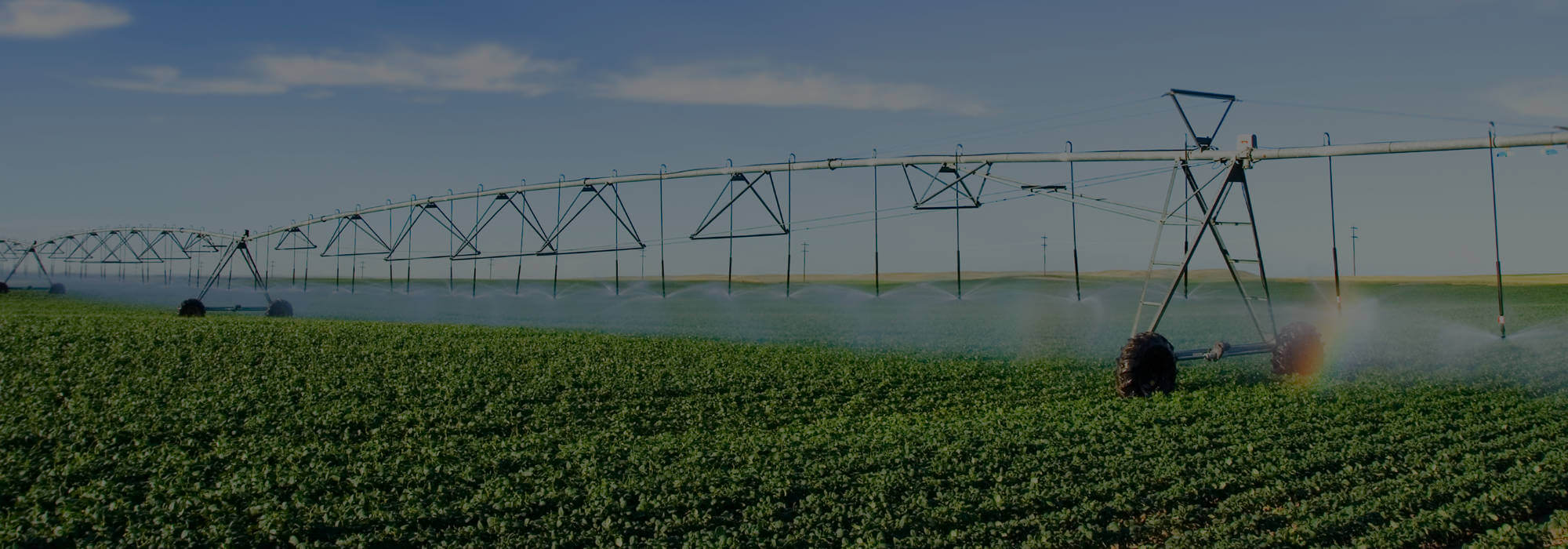01 Feb Did you know irrigation water for thousands of farms in Washington state is pumped from Lake Roosevelt?
Banks Lake, an important man-made reservoir within the Columbia Basin Project (CBP), was created in the early 1950s near Grand Coulee Dam. Damming both ends of the Upper Grand Coulee resulted in creation of the CBP’s initial storage reservoir for water pumped from Lake Roosevelt. Once there, it could either be sent south into the CBP’s vast Irrigation system or returned to Lake Roosevelt to create additional electricity alongside Grand Coulee Dam.
But, Banks Lake has a secondary purpose greatly valued by those who visit it. It provides opportunities for swimming, boating, hiking, camping and other recreational activities, and this 27-mile-long reservoir is specifically popular among anglers pursuing an array of species.
As the snow and ice of a Pacific Northwest winter fade away, many families are planning for their first adventure out in the sunshine. If you have a passion for outdoor activities, consider visiting Steamboat Rock State Park for a chance to soak in the breathtaking view of Banks Lake and enjoy all that it offers.
When you do, remember, irrigation water for thousands of farms in Washington State begins with water pumped from Lake Roosevelt behind Grand Coulee Dam into Banks Lake. From there, it flows into a series of canals and pipes, some of them hundreds of miles to the south to help grow crops that feed the world!
